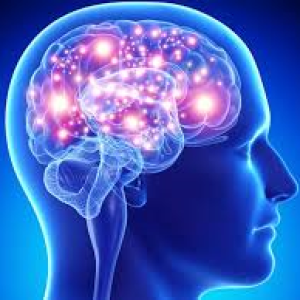
Even a 10-Minute Walk May Be Good for the Brain
Ten minutes of mild exercise can immediately alter how certain parts of the brain communicate and coordinate with one another and improve memory function, according to an encouraging new neurological study. The findings suggest that exercise does not need to be prolonged or intense to benefit the brain and that the effects can begin far more quickly than many of us might expect.
In the new study, scientists from the University of California, Irvine, and the University of Tsukuba in Japan turned to a group of healthy young college students.
The scientists invited 36 of the students to the lab and had them sit quietly on a stationary bicycle for 10 minutes or, on a separate visit, pedal the bicycle at a pace so gentle it barely raised their heart rates.
In technical terms, the exercise was performed at about 30 percent of each volunteer’s heart rate reserve, or the difference between a person’s maximum heart rate and their resting heart rate. By comparison, brisk walking should raise someone’s heart rate reserve to about 50 percent.
Immediately after each session of the sitting or slow pedaling, the students completed a computerized memory test during which they would see a brief picture of, for instance, a tree, followed by a variety of other images and then a new image of either the same tree or a similar one.
The students would press buttons to show whether they thought each image was new or the same as an earlier shot. Next, the scientists had each student repeat this sequence — riding or sitting on the bike for 10 minutes and then completing memory testing — but the testing now took place inside an MRI machine that scanned the young people’s brains while they responded to the images.
Then the researchers compared results.
The effects of the exercise, undemanding as it was, were clear. The young people were better at remembering images after they had ridden the bike, especially when the images most closely resembled one another.
In other words, the harder their memories had to strain, the better they performed after the exercise.
More unexpected, their brains also worked differently after they had ridden. The MRI scans showed that portions of each student’s hippocampus lit up in synchronized fashion with parts of the brain associated with learning, indicating that these physically separate parts of the brain were better connected now than when the students had not first exercised.
And the greater the coordination between the disparate parts of the brain, the better the students performed on the memory test.
The findings show that exercise can change people’s brains and minds right away, without requiring weeks of working out. Even better, the exertion required can be so low-impact as to allow almost anyone, even those who are out of shape or possibly disabled, to complete the exercise.
Source: NY Times






